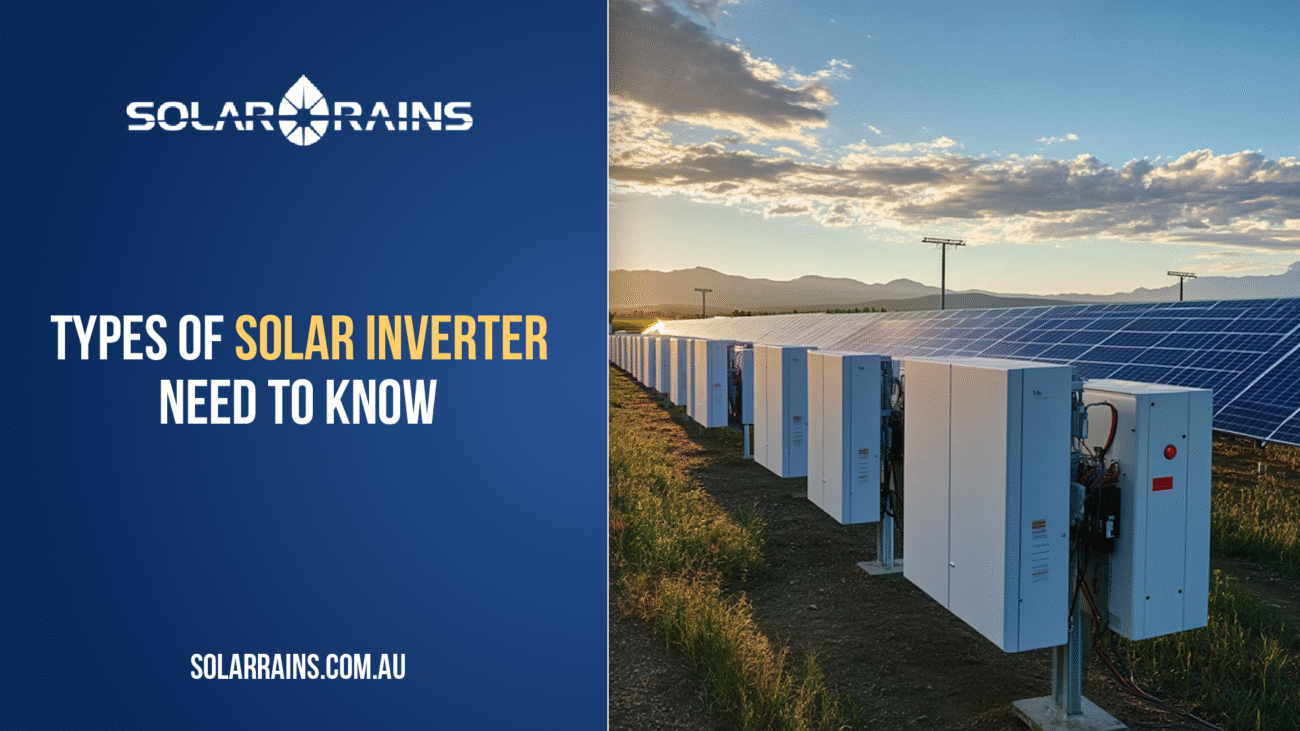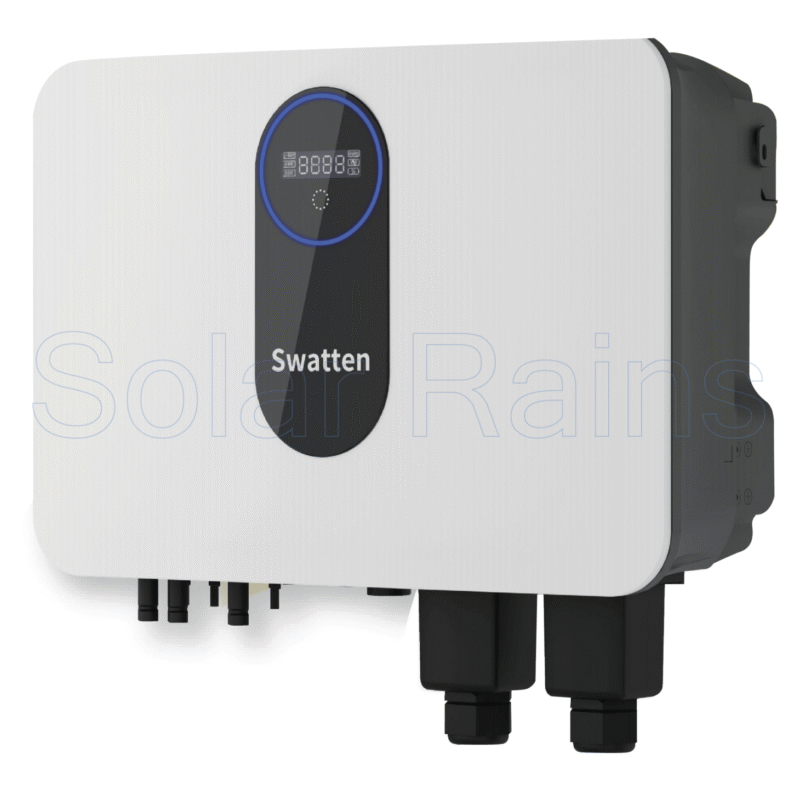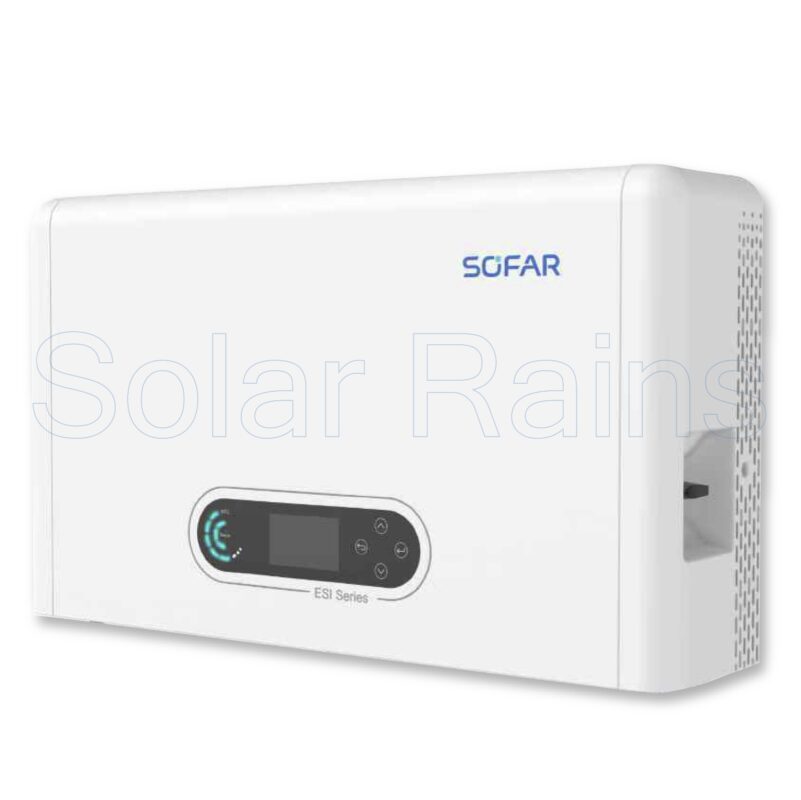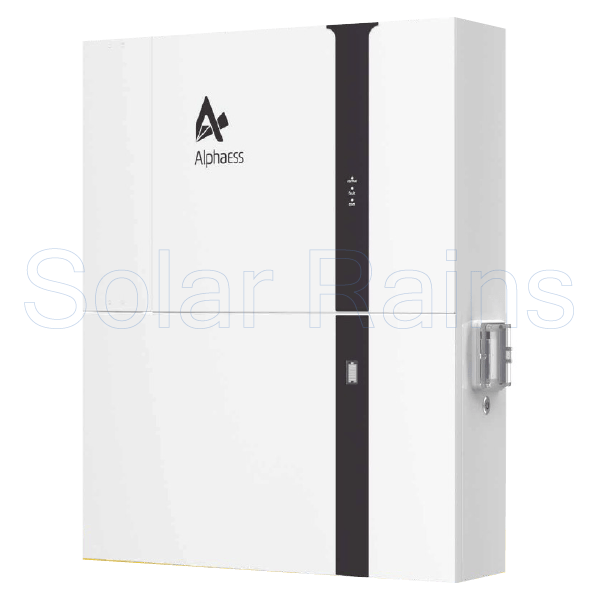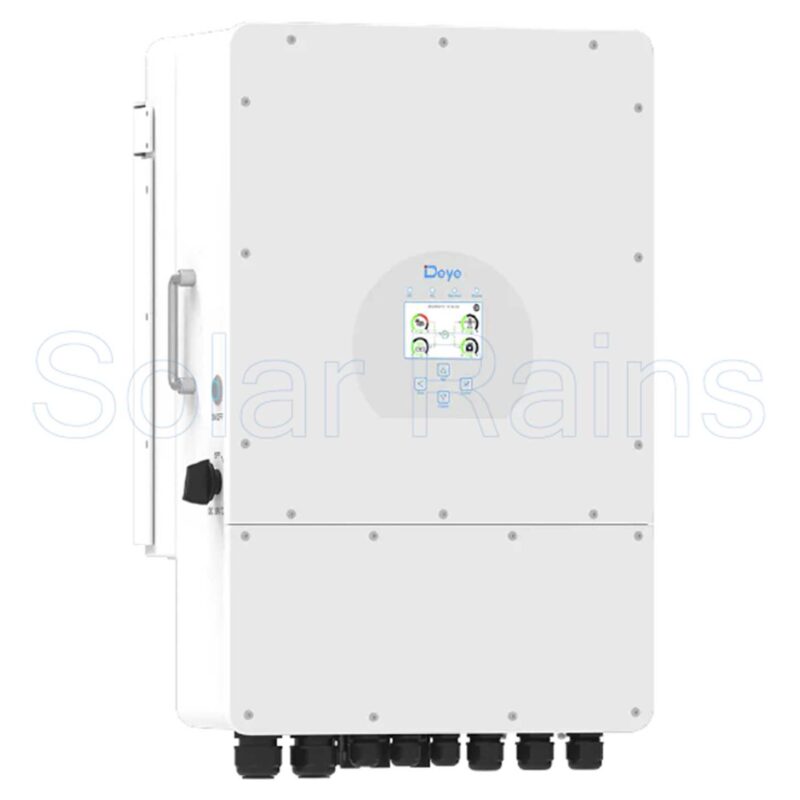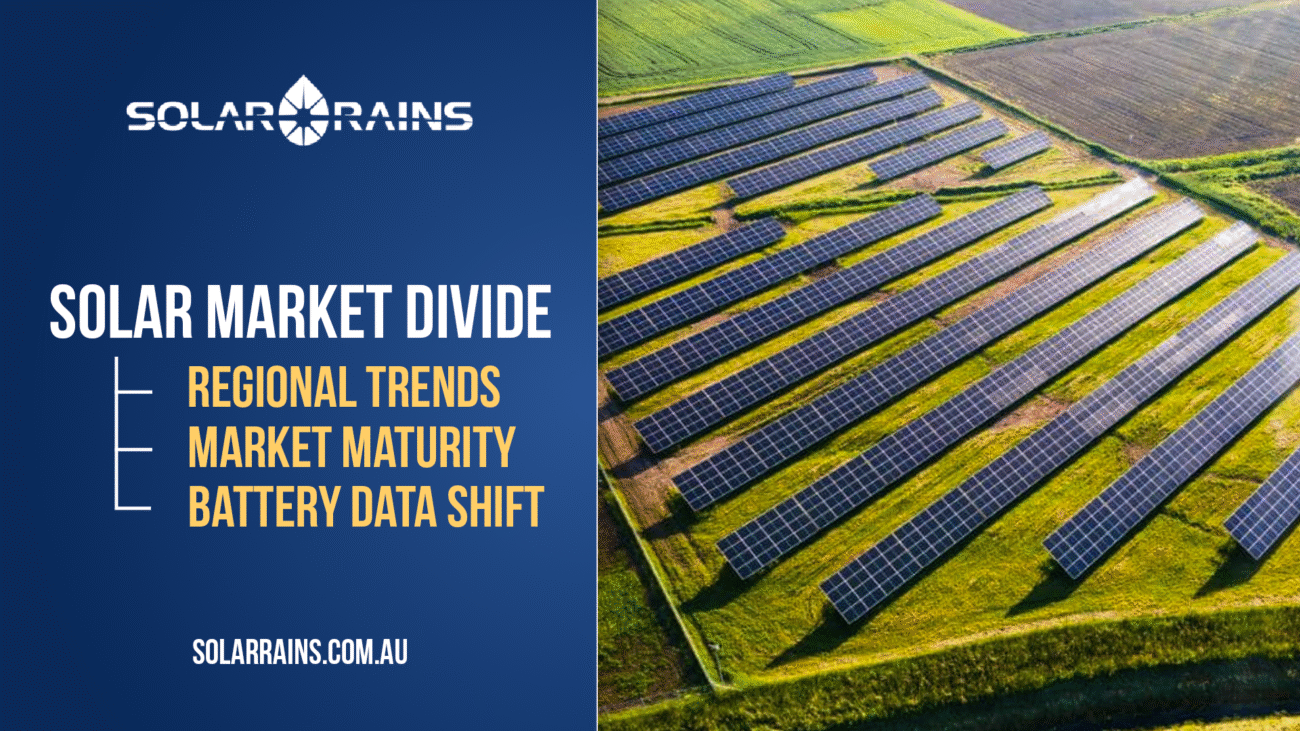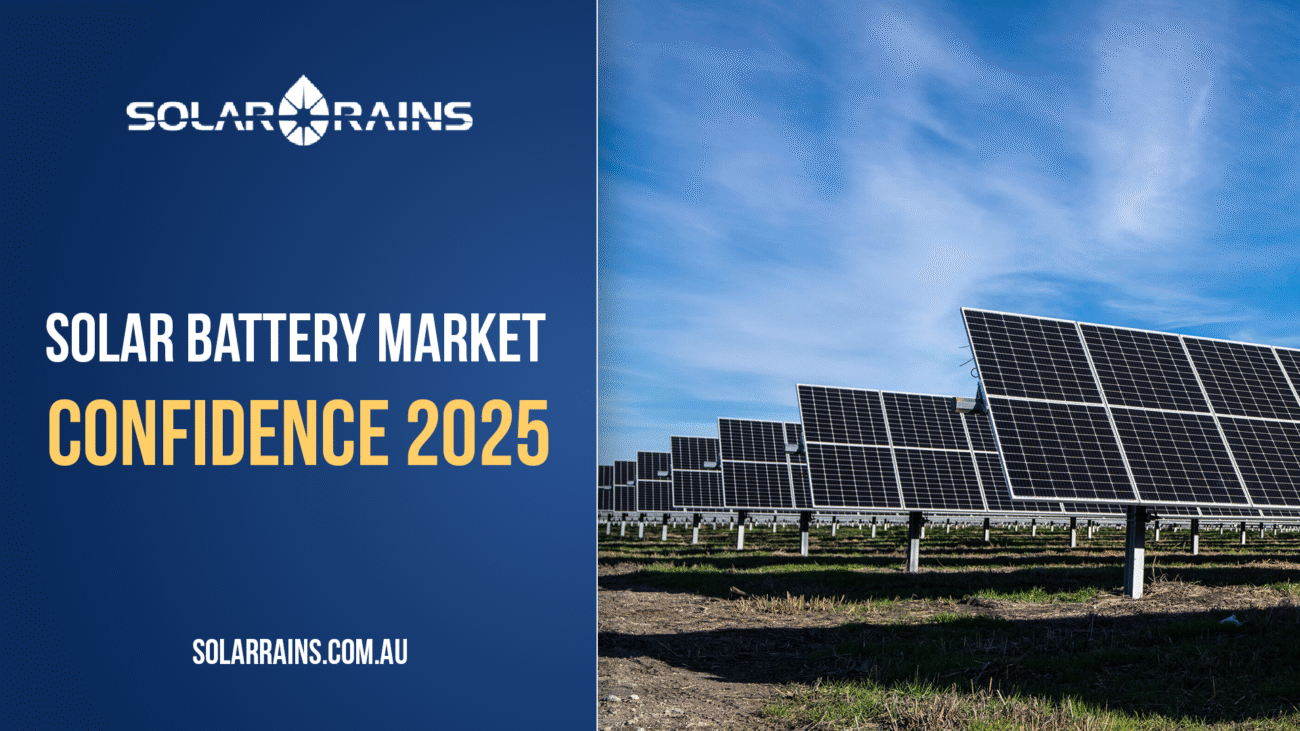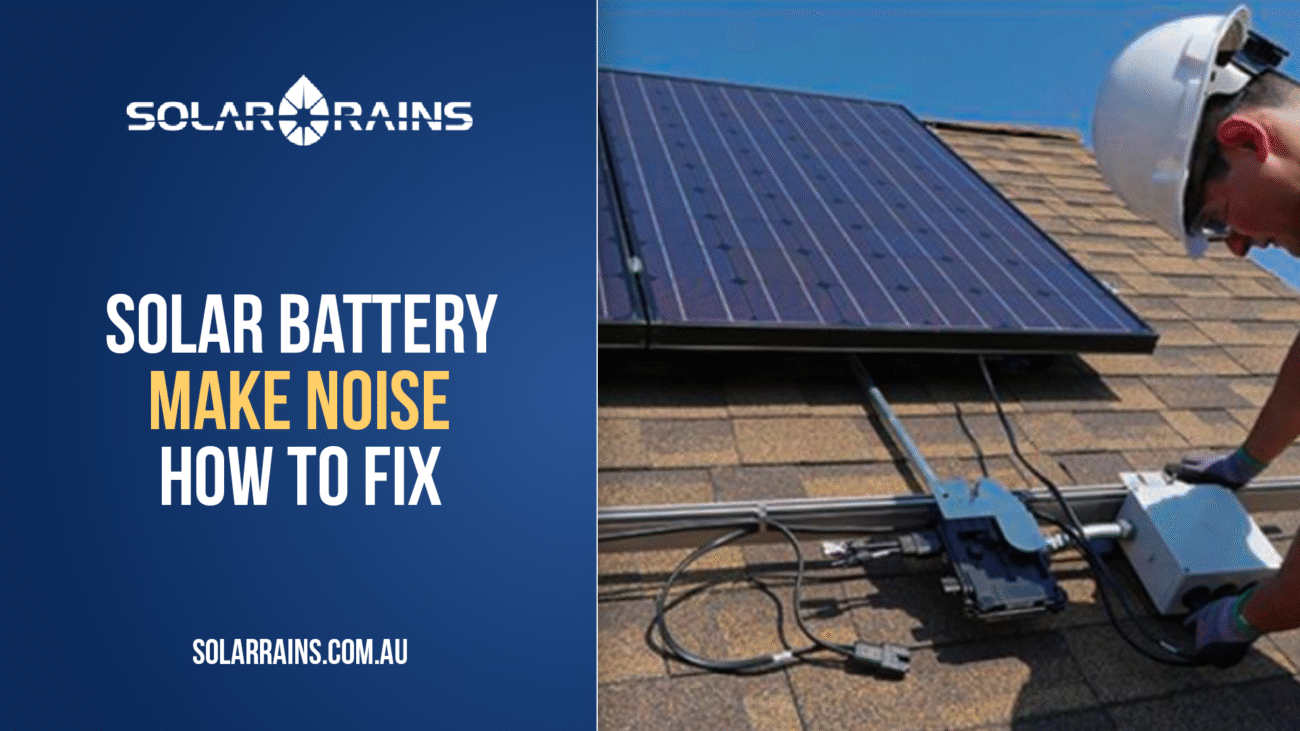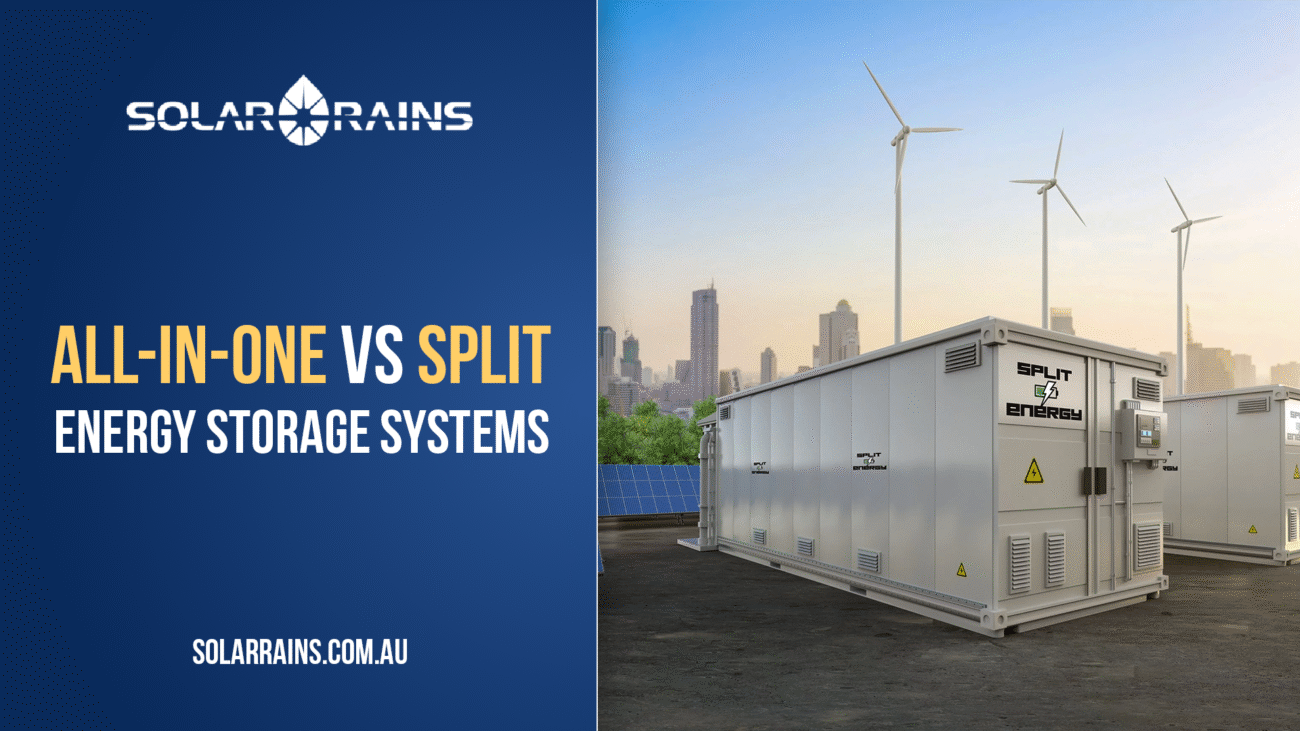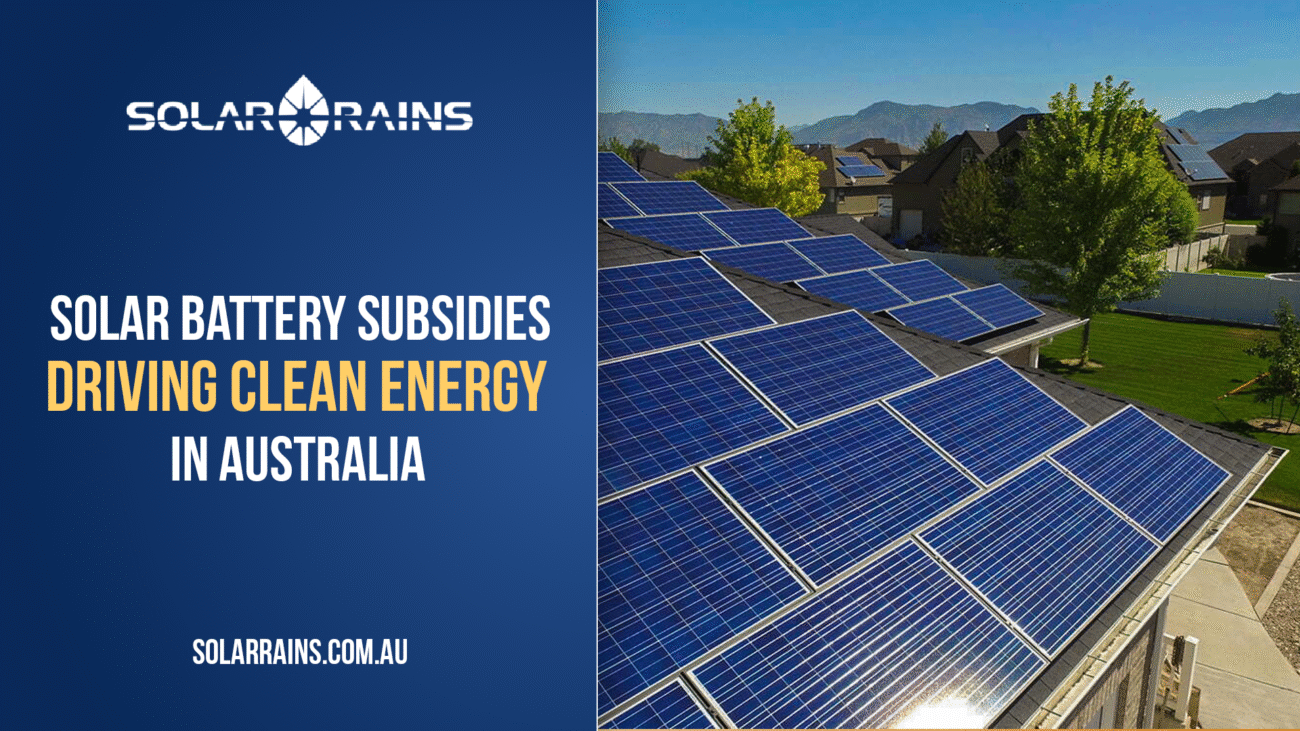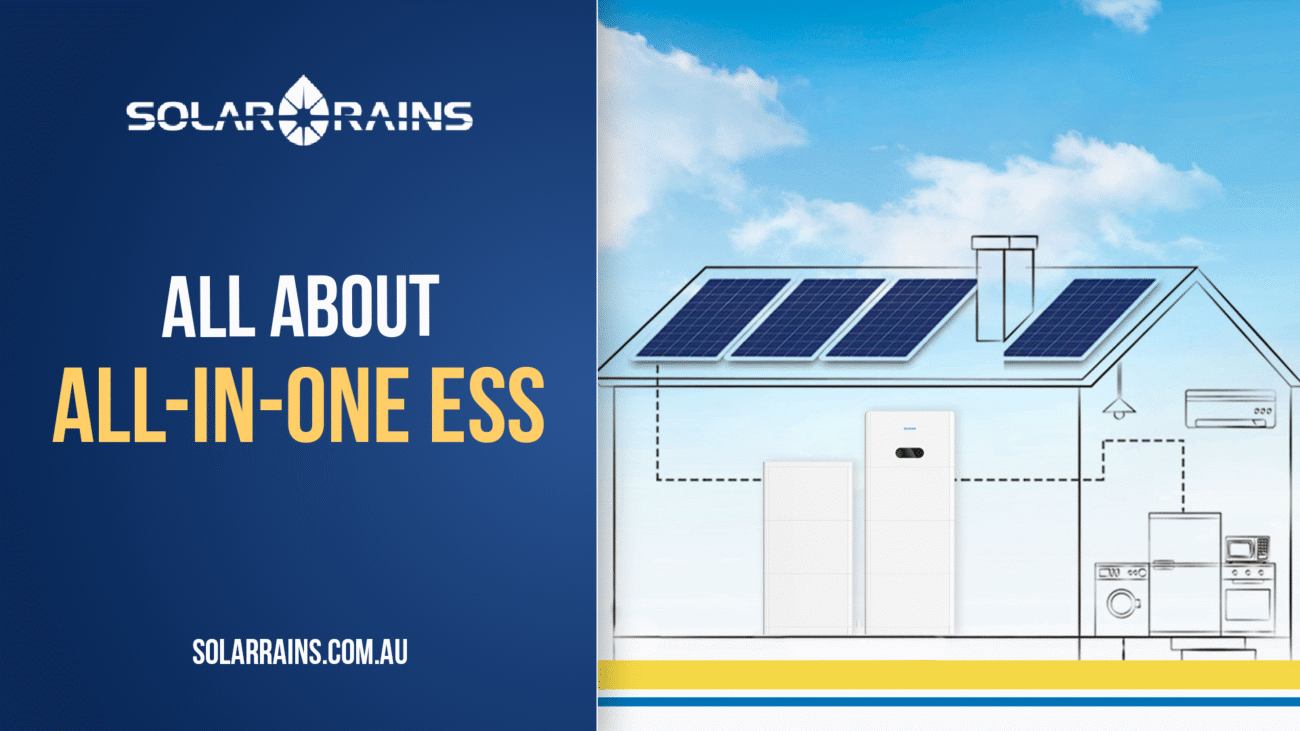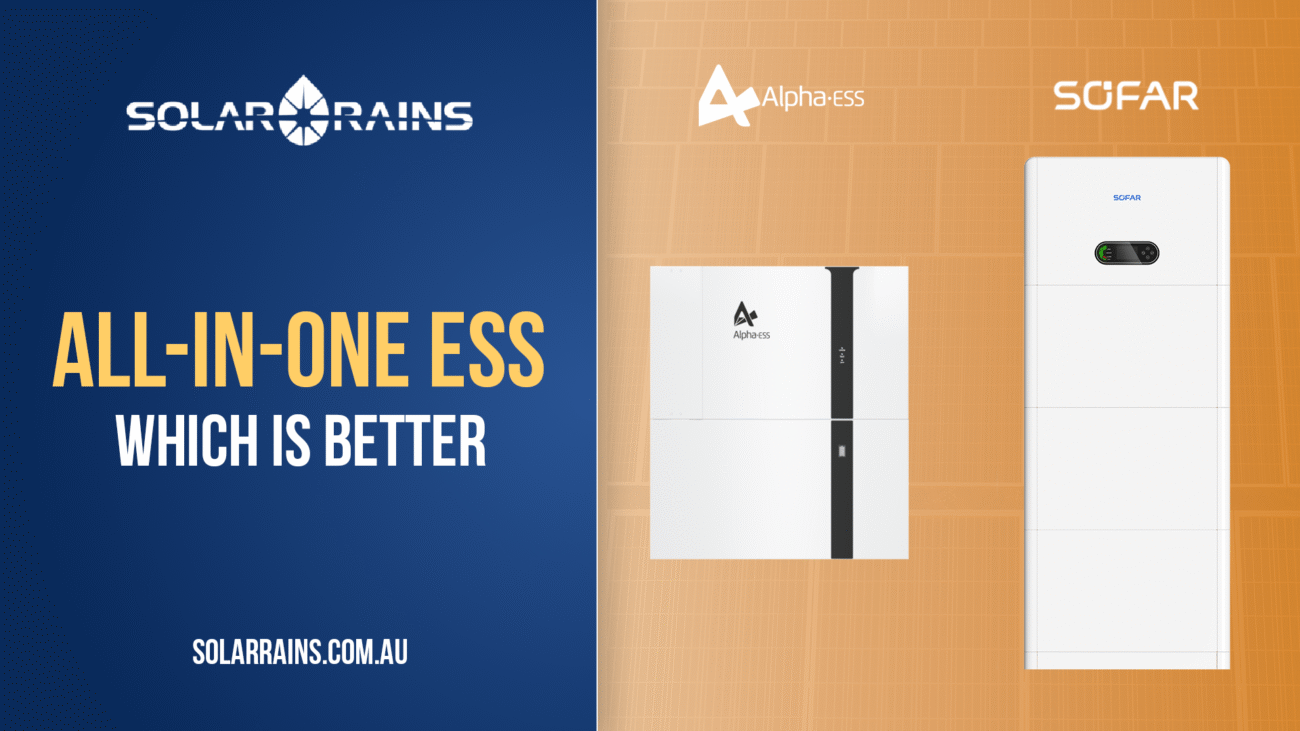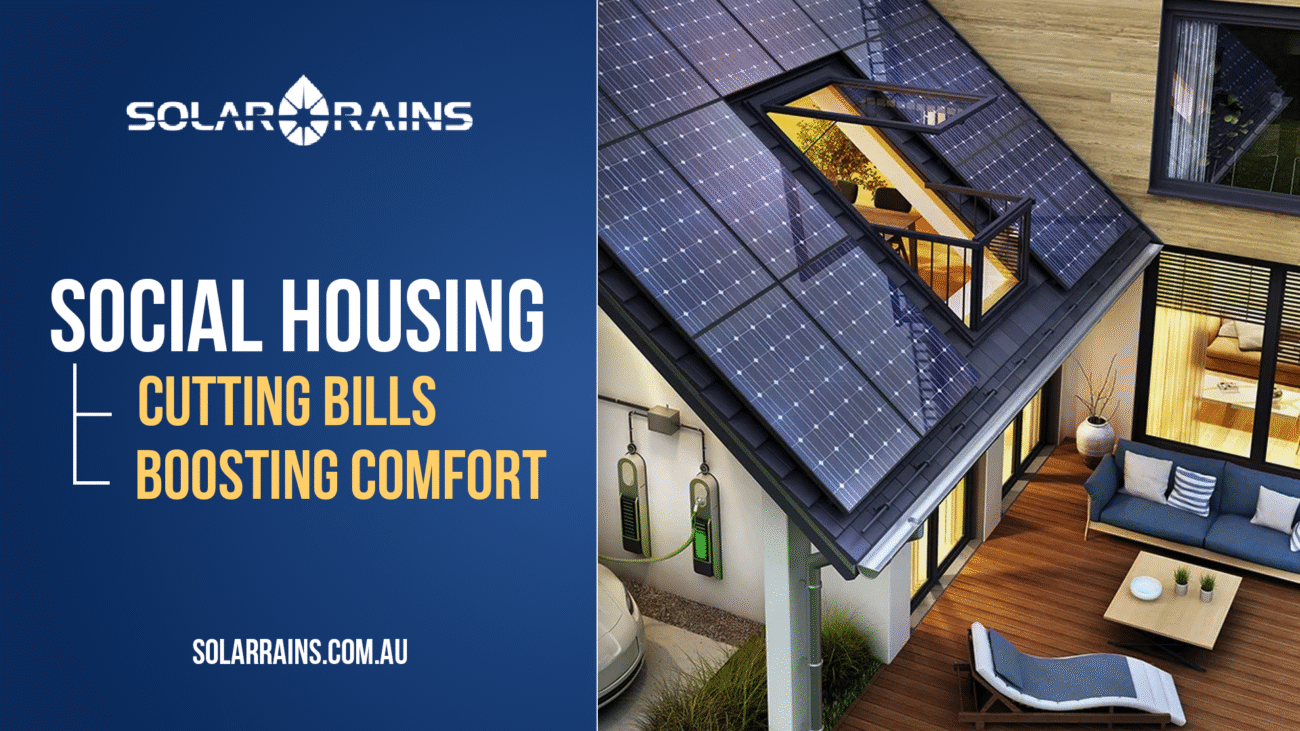As Australia moves toward clean, decentralised energy, choosing the right solar inverter becomes essential, whether you’re a homeowner investing in rooftop solar or a business looking to improve energy resilience.
In this guide, we break down the different types of solar inverters, how they work, and which one is right for you. Whether you’re looking at all-in-one batteries, hybrid inverters, or three-phase commercial setups, this comparison will help you make an informed decision.
What Is a Solar Inverter?
A solar inverter is the brain of your solar system. It converts DC (direct current) electricity produced by your solar panels into AC (alternating current), which powers your home or business.
Solar inverters also manage system performance, ensure grid compliance, monitor energy production, and in some models, control charging and discharging of batteries.
Inverter Types by Output Phase
Single Phase Inverter
Ideal for residential users, especially in suburban or rural Australia with single-phase grid connections.
- Use case: Typical homes with solar systems under 10kW.
- Product suggestion: Swatten 1-Phase Hybrid Inverter 5kW/6kW
Three Phase Inverter
Suited for large homes or commercial facilities with high energy loads.
- Use case: Commercial properties, schools, or large households.
- Product suggestion: Deye 3-Phase Hybrid Inverter 10kW/15kW
Output Waveform Classification
| Waveform Type | Description | Efficiency | Application |
| Square Wave | Simplest, outdated technology | Low | Rarely used today |
| Step Wave | Improved but still basic | Medium | Budget backup systems |
| Sine Wave | Cleanest and most compatible | High | Modern solar & home systems |
Sine wave inverters are preferred across Australia due to their smooth compatibility with household appliances.
Circuit Principle Classification
High Frequency Inverter
Lightweight, compact, and cost-effective. Suitable for residential use but may have limitations on surge capacity.
Low Frequency Inverter
Heavier but more robust. Handles higher surges, suitable for off-grid setups or industrial applications.
Installed Usage-Based Classification
Off-Grid Inverter
Works independently of the grid, typically paired with solar battery storage.
- Best for: Remote properties, farms, or backup-only setups.
- Consider: Reliability during long outages, paired with larger solar battery capacity.
On-Grid Inverter
Feeds excess power into the grid. Doesn’t work during blackouts unless paired with backup.
- Best for: Homes in cities with feed-in tariff benefits.
On/Off-Grid Hybrid Inverter
Combines the best of both worlds—works with the grid but also supports solar batteries.
- Best for: Users looking for energy independence and backup.
- Product suggestion: AlphaESS 5kW Hybrid Inverter with Battery
Inverter Charging Capabilities
| Type | Charging Support | Suitable For |
| DC-AC Only | No charging | Grid-tied solar only |
| AC Charging | Utility-only charging | Partial backup needs |
| AC & Solar Charging | Full hybrid | Smart energy management |
Systems with dual charging are ideal for energy-savvy homeowners using time-of-use tariffs to charge at off-peak rates and discharge during peak hours.
All-in-One vs Hybrid Inverter
While both all-in-one batteries and hybrid inverters support battery integration, here’s how they compare:
| Feature | All-in-One | Hybrid Inverter |
| Includes Battery | Yes | Optional |
| Installation | Easier | Requires separate battery |
| Monitoring | Integrated | Depends on configuration |
| Cost | Higher upfront | More flexible |
| Space-Saving | Yes | No |
- All-in-One Example: Sofar PowerAll All-in-One System
Real-Life Use Cases
- Homeowner in Sydney: A single-phase hybrid inverter with a 5kWh solar battery allows the user to cover evening consumption and maintain basic backup during grid outages.
- Warehouse in Perth: A three-phase inverter handles large machinery loads, combined with solar panels and battery storage to lower operational costs.
- Off-grid Farm in Queensland: A low-frequency inverter supports water pumps and cold storage, relying entirely on solar generation and a 30kWh solar battery bank.
Solar Inverter Selection Tips
- Know your grid connection (single or three-phase).
- Understand your load: How much energy you consume during the day/night.
- Check compatibility: Not all inverters support solar battery storage.
- Plan for future: Want to add EVs or expand panels later? Choose a scalable inverter.
How to Choose the Right Inverter?
Ask yourself:
- Do you want blackout protection?
- Are you feeding power back to the grid?
- Is your energy use high at night?
- What’s your budget and roof size?
We recommend speaking to an expert solar supplier like Solar Rains for a custom system that aligns with your needs and local grid requirements.
FAQs: Everything You Need to Know About Solar Invertersư
Sine wave inverters, particularly hybrid inverters, are generally the most efficient for both grid-tied and off-grid systems. They provide clean, reliable power with minimal conversion loss.
A solar inverter (standard) only converts DC to AC and feeds power into the grid. A hybrid inverter can do the same but also manage solar battery storage and provide backup power during blackouts.
Only if your system includes a hybrid inverter or is designed to support retrofitting with battery storage. Otherwise, you may need a separate battery inverter or system upgrade.
It depends on your connection and load. Three-phase inverters handle larger energy demands and are more suitable for commercial or large residential properties, while single-phase inverters are common in typical homes.
If you prefer simplicity and a plug-and-play solution, an all-in-one battery system like the AlphaESS or Sofar PowerAll is ideal. However, separate hybrid inverters offer more flexibility for larger or expanding systems.
On average, 10-15 years. High-quality models from reputable solar suppliers may last longer, especially if installed in well-ventilated, weather-protected environments.
Yes, most modern solar inverters, especially hybrid models, come with mobile apps or cloud platforms for real-time monitoring, alerts, and energy analytics.
This depends on your solar panel capacity, daily usage, and future expansion plans. A rule of thumb: your inverter size (in kW) should match or slightly exceed your panel output.
Most are quiet, but some models with active cooling fans may emit a light humming sound. All-in-one battery systems tend to be quieter due to compact, optimised design.
Choose a hybrid inverter paired with a solar battery system or a dedicated off-grid inverter. These provide full backup capabilities during grid outages.

